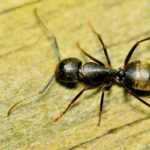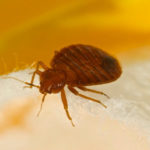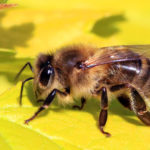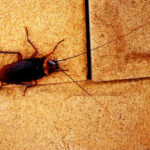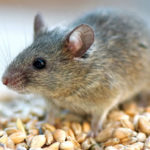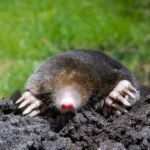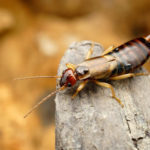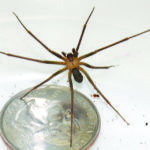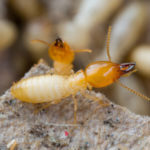Bed Bugs
‘Red coats,’ ‘Chinches,’ or ‘Mahogany flats’
The adult bed bug is a wingless insect that is flattened from top to bottom.
Identification:
Size: 1/4 to 3/8 inch (4-5 mm)
Color: Reddish brown or brown
Habitat:
The common bed bug, is a bloodsucking parasite of mainly humans. They tend not to live on humans and their only contact is for the blood meal. Most blood feeding occurs at night, and they generally seek shelter during the day and become inactive while digesting the blood meal. Bed bugs shelter in a variety of dark locations, mostly close to where people sleep. These include under mattresses, floorboards, carpets, behind paintings, skirting, in various cracks and crevices of walls, within bed frames and other furniture, and behind loose wallpaper. Bed bugs tend to stay in close contact with each other and heavy infestations are accompanied by a distinctive sweet sickly smell. Blood spotting on mattresses and nearby furnishings is often a tell tale sign of an infestation. The bugs apparently locate the host by detecting warmth and carbon dioxide. The bite itself is said to be painless, however the deposition of saliva on the abraded epidermis results in localized wheals or hives. Reactions to the bites may be delayed up to 9 days before lesions appear. Common areas of the body that are affected involve the arms and shoulders.
Life Cycle:
The life cycle stages of a bed bug are egg, nymph, and adult. The females lay about 200 eggs, usually at the rate of three or four a day, in cracks and crevices in the floor or bed. Newly hatched bugs begin feeding immediately. They shed their skin five times before becoming adults.
Control:
In private homes, find all the areas that bed bugs hide in during the day time. These must be treated with chemicals. In hotels, apartments, and other multiple-type dwelling places, bed bugs may spread from one unit to another. All units should be inspected.
Type of Damage:
They feed principally on human blood by piercing the skin with a long beak and sucking blood into their stomachs. They feed mostly at night, but will feed during the day if hungry and the light is dim.
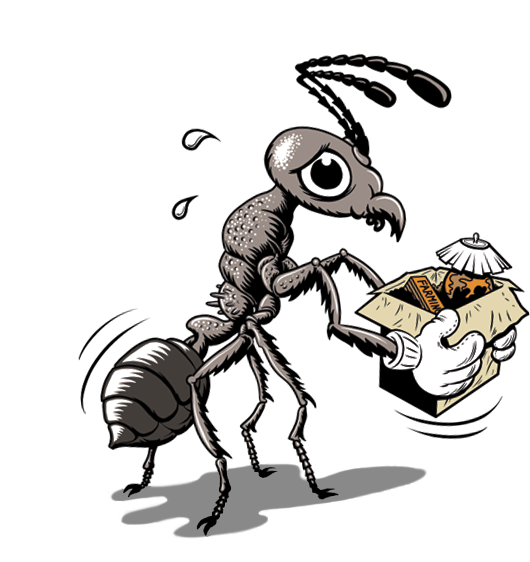
Critters
bothering you?
Set the move-out date for your pests today by calling Northwest Pest Control!
